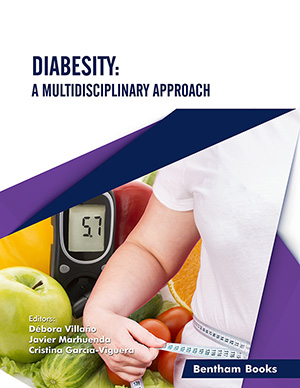Abstract
Towards the end of the last century, the researchshowed that several
vegetables and medicinal plants have hypoglycemic potential and therefore may exhibit
a positive effect in reducing hyperglycemia in the human body. In vitro and in vivo
studies support the antidiabetic effects of polyphenols extracted from berries, black
currants, raspberries, and strawberries fruits, out of which the most important are the
anthocyanins. Among anthocyanins, the most commonly identified in berries are
cyanidin, delfinidine, malvidin, pelargonidine, peonidine and petunidine.
Within this chapter, we present the importance of phenolic compounds in the diabetic
diet, two plants Helianthus tuberosus and Momordica charantia L. with beneficial
effects in the prevention of type 2 diabetes and their mechanisms of action. Also, the
market of food supplements currently existing in Romania is presented, along with the
products and their form of presentation.
Keywords: Diabesity, Helianthus Tuberosus, Mechanisms Of Action, Momordica Charantia L., Phytochemical Compounds, Polyphenols.






















